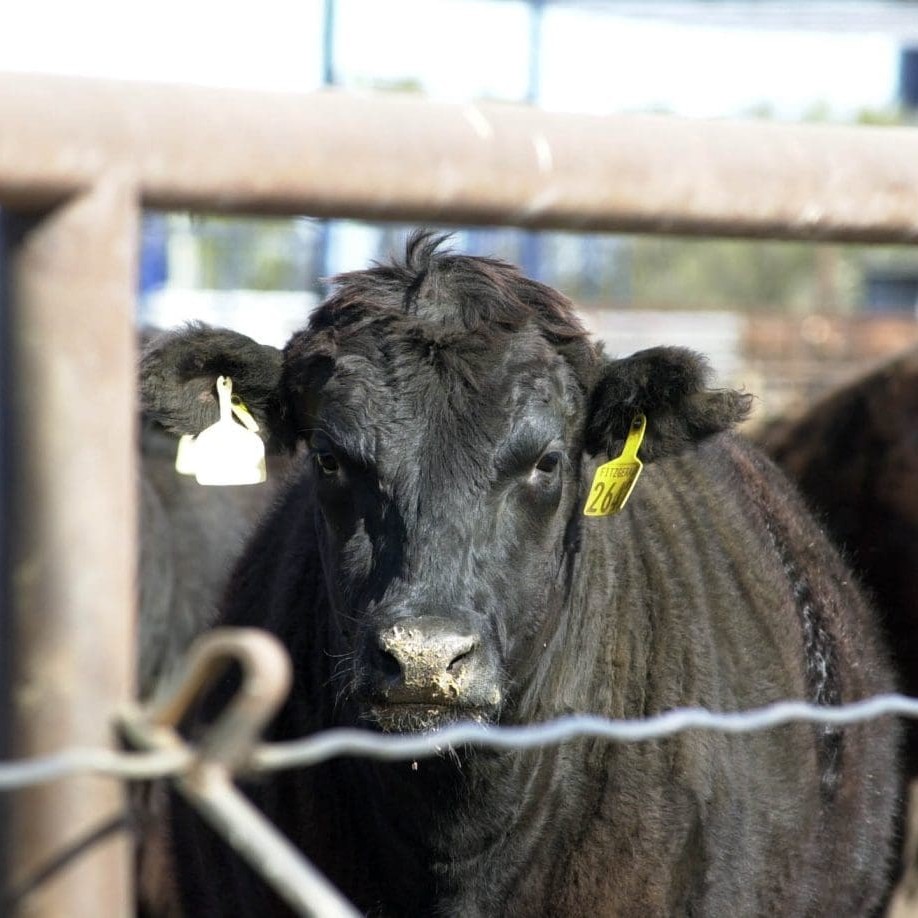 An occasional veterinary column from Pfizer’s Technical Services Manager – Feedlots, Dr Sally Oswin*
An occasional veterinary column from Pfizer’s Technical Services Manager – Feedlots, Dr Sally Oswin*
Bovine Respiratory Disease (BRD) is the most economically impactful disease affecting the Australian feedlot industry, estimated to cost about $40 million a year through lost weightgain, reduced feed conversion efficiency, mortality, treatment and labour costs.
Modelling undertaken by Meat & Livestock Australia in 2006 indicated that the cost of the disease in unvaccinated cattle is approximately $20 per head1.
A large-scale study was commissioned by the former Meat Research Corporation to survey disease and death in feedlot cattle between 1990 and 1994, and MLA is currently conducting a similar investigation.
The project involved surveying 27 feedlot operators and testing more than 5000 cattle representing 233,000 head on feed over an 18-month period. The data indicated that fever at the time of feedlot entry and Bovine Respiratory Disease (BRD) accounted for 66 percent of cases of sickness recorded.
BRD was also identified as the cause of 53pc of deaths overall2.
It makes sense that some serious thought needs to go into how this single most impactful disease is managed, both from a preventative and a therapeutic point of view.
The benefits of preconditioning cattle have long been well understood and there is now an enormous quantity of literature supporting the benefits of managing feedlot cattle for success, where possible, while they are still on pasture and before they enter the feedlot.
Practices such as yard weaning to familiarise cattle with the feedlot environment through exposure to humans, feeding from a bunk and living in close confinement with other cattle can have a dramatic impact on improving cattle performance when they first arrive at the feedlot as older animals.
 Global research suggests that having the ability to administer appropriate vaccines to prevent BRD while cattle are still on pasture and before the immunological stressors of the feedlot environment are encountered also has a dramatic positive effect on the performance of cattle in the feedlot, as does the administration of appropriate vaccines at the time of induction.
Global research suggests that having the ability to administer appropriate vaccines to prevent BRD while cattle are still on pasture and before the immunological stressors of the feedlot environment are encountered also has a dramatic positive effect on the performance of cattle in the feedlot, as does the administration of appropriate vaccines at the time of induction.
The research undertaken by the MRC concluded that while BRD complex is a clinical entity of bronchopneumonia produced by a multitude of interactions of host animal, infectious agent and the environment, some infectious agents have been demonstrated to have more of an impact than others.
The results indicated that across all feedlots, Infectious Bovine Rhinotracheitis (otherwise known as herpes virus or IBR), alone or in combination with other viruses, was positively associated with illness due to BRD. When results from individual feedlots were examined, there were also significant associations of Pestivirus infection on its own with respiratory disease and in combination with other viral infections with fever at entry.
Pestivirus and IBR were also isolated from the tissues of dead cattle with similar frequency and they were both shown to be significantly associated with deaths from respiratory disease1.
At the end of the study, the scientists conducting the laboratory testing confirmed that that Pestivirus and IBR were identified as the significant, primary causal agents of BRD3.
The importance of Pestivirus as a causal agent of BRD is well recognised in the US and there has been research undertaken that provides evidence that exposure of the general population of feedlot cattle to cattle persistently infected with Pestivirus resulted in substantial costs attributable to negative effects on performance and increased fatalities4.
Benefits of prevention firmly established
The benefits of preventing BRD through vaccination have been firmly established and vaccines to prevent the most important virus pathogens, IBR and Pestivirus, are available for administration to cattle before they reach the feedlot or at the time of feedlot induction.
The most commonly isolated bacterial contributors were found to be Mannheimia haemolytica (MH) and Pasteurella multocida (PM) and there are vaccines available to prevent secondary infections with MH.
The disease modelling undertaken by MLA in 2006 indicated that even if vaccination costs for the major three pathogens are included, lotfeeders will still find themselves about $8.50 better off per vaccinated animal, taking into account costs and production outcomes1.
(1) Sackett D, Holmes P, Abbott K, Jephcott S and Barber M Assessing the economic cost of endemic disease on the profitability of Australian beef cattle and sheep producers (2006) MLA Animal Health and Welfare Final Report Project Code AHW.087
(2) Dunn SE, Godwin J, Hoare RT, Kirkland PD and Walker KH. Diseases of feedlot cattle in eastern Australia – MRC Project DAN 064 (1990-1994). Proceedings of the Australian Association of Cattle Veterinarians Pp 76-81, 2000.
(3) Kirkland PD and Walker KH. Laboratory Investigation and Diagnosis of Bovine Respiratory Disease in Australian Feedlots (2000) Proceedings of the Australian Association of Cattle Veterinarians Pp 120-121, 2000
(4) Hessman BE et al Evaluation of economic effects and the health and performance of the general cattle population after exposure to cattle persistently infected with bovine viral diarrhea virus in a starter feedlot (2009) Am J Vet Res 70(1):73-85
* Dr Sally Oswin is Pfizer’s Technical Services Manager – Feedlots. She has 12 years’ experience working for CSL in technical services and more recently Pfizer VMRD (Veterinary Medicine Research and Development) in clinical research in Melbourne. For the past 15 months Sally has had a hands-on role as Pfrizer’s feedlot tech services vet but her extensive involvement in research and the Pfizer product pipeline means she has an intimate knowledge of feedlot diseases in Australia and potential treatments. Readers are invited to ask Sally questions via the comments panel at the bottom of each article.



HAVE YOUR SAY